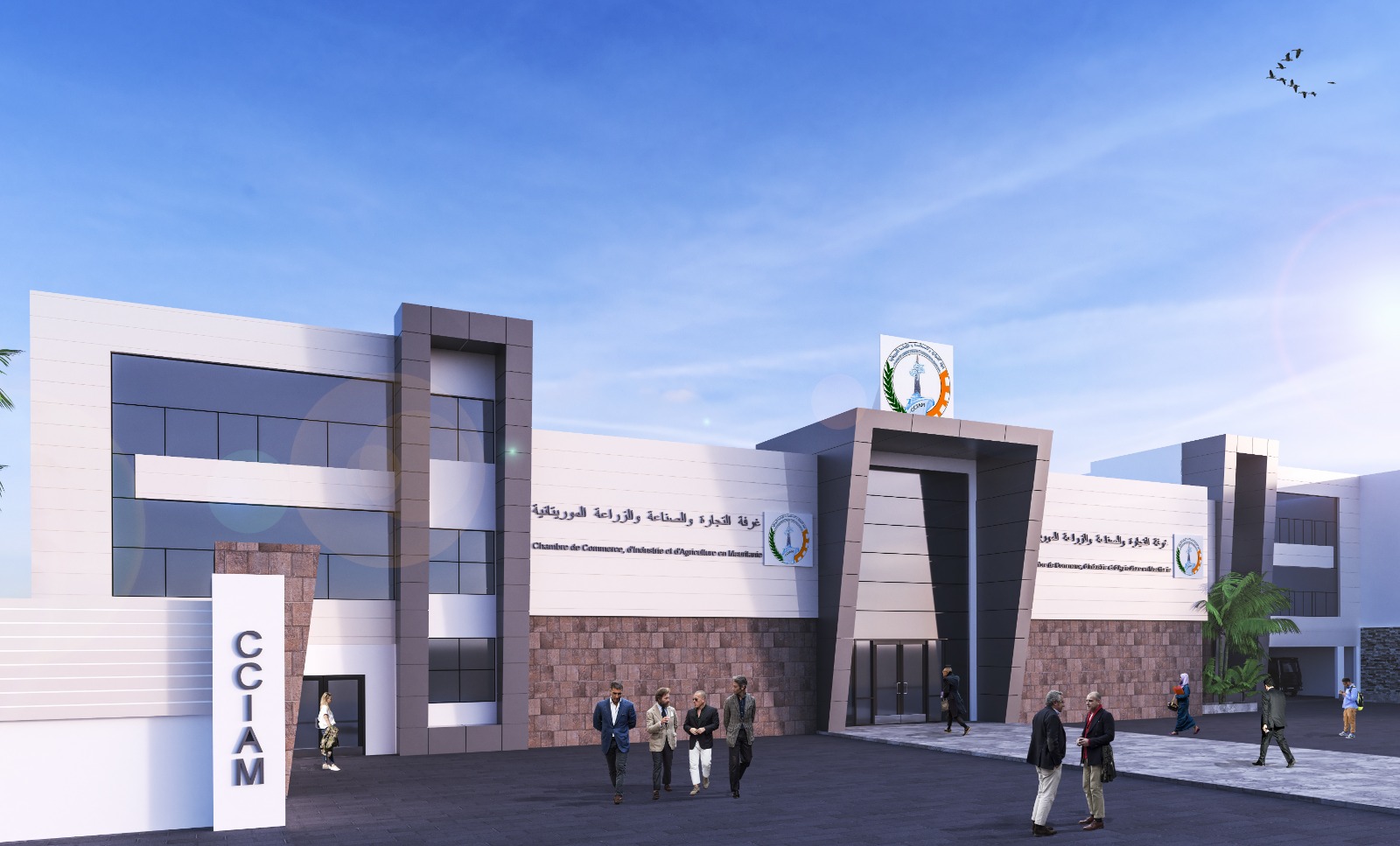
Interior design is integrated as a strategic tool to enhance public infrastructure and improve the well-being of users
This area aims to create aesthetic, functional and accessible spaces, taking into account , cultural flows and context. It applies to administrative buildings, health centres, schools, youth centres, libraries, etc. The main activities include needs analysis, design of atmospheres, choice of furniture and coordination of works.The approach is user-centred, sustainable and respectful of local identity.
The expected impacts are a better quality of public spaces, increased user satisfaction, and the valorization of local know-how in decoration.